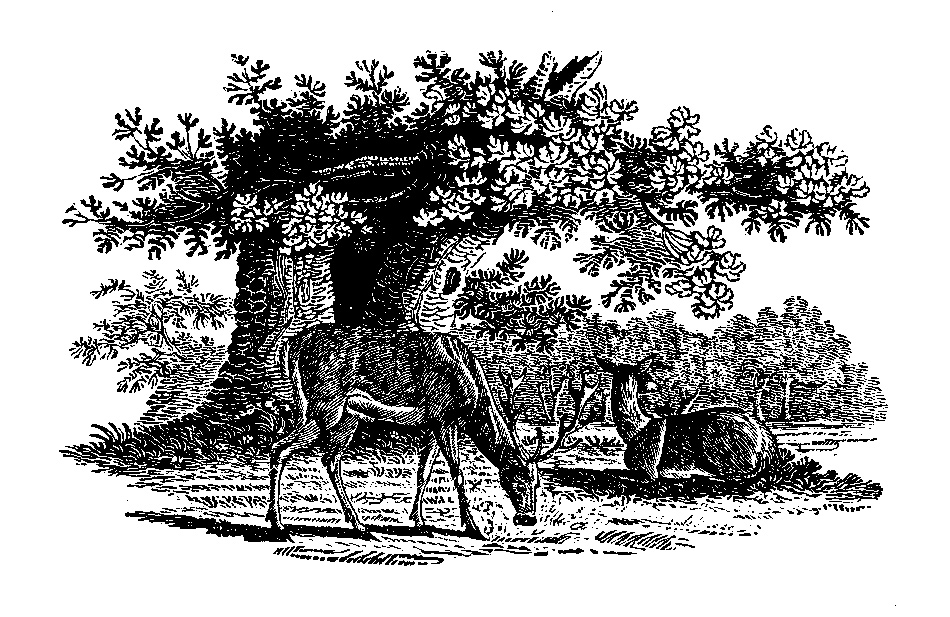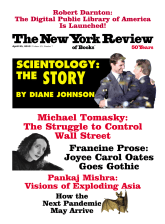
At the end of his (wonderful) review of my book, Nature Wars,* Russell Baker notes the idea of professional sharpshooters training local hunters to cull overabundant deer, and communities offsetting costs by selling the venison at local farmers’ markets. He then quotes me as saying it’s a good idea “but it probably won’t happen anytime soon.” Understanding why is important.
Selling wild game is illegal in the US. None of the “wild game” on today’s restaurant menus is wild. Every bit of it is farm-raised, for good reason. Ending the commercial sale of wildlife for food, fur, and feathers was at the foundation of conservation movement efforts to stop the uncontrolled slaughter of wild animals and birds a century ago.
What replaced this market hunting became known as the North American Model of Wildlife Conservation, under which all the wildlife belongs to all the people, to be managed by government on their behalf under rules that keep wild populations healthy but under control. These rules include obeying seasons (when people can hunt or trap); what sex can be harvested (killing only males grows a population, killing females reduces it); how many creatures can be taken per day or per season (bag limits). Everyone who abides has equal access to enjoy wild bounty. Hunters and trappers pay the state (by buying a license) to do what the state wants done.
Painstakingly put into place with slowly building enforcement muscle, hunting for profit was ended, the science of wildlife management was born, and miraculous comebacks of many species resulted—to the point of today’s overabundance.
While the North American model continues to work in many rural areas and with many species, it has clearly broken down in areas of suburban, exurban, and rural sprawl where hunting and trapping are restricted and wild populations—especially deer—proliferate. Instead of, say, ten to fifteen deer per square mile in an unpeopled landscape, forty, eighty, and more than a hundred deer per square mile are now common in parts of suburban, exurban, and rural sprawl.
What to do? In recent years various state wildlife agencies have tried tweaking the model—lengthening the hunting season, increasing bag limits, and issuing doe-killing permits in areas of overabundance. It hasn’t worked in many areas.
Bringing back some form of commercial deer hunting has been talked about by deer biologists for years, but quietly since it is anathema to the wildlife management establishment. To them, it harkens back to the exploitative times that drove species to the brink of extinction. However, in 2011, the Wildlife Society Bulletin published an article entitled: “Regulated Commercial Harvest to Manage Overabundant White-Tailed Deer: An Idea to Consider?” It outlined a well-thought-out regimen for experimental, localized, targeted, regulated, and monitored commercial deer harvesting that actually improves on the model, affords the opportunity to end deer demonization and see deer instead as a valuable natural renewable resource—think locavore protein.
A culling regimen designed to lower the population would require targeting females especially, plus adult males. Fawns born in the spring would be eight months or so old by midwinter, when most sharpshooting is now done. They could be killed or spared, depending on local sentiment. In any case, such culling would come after, and thus not interfere with, the normal fall deer-hunting season. Dressing, butchering, and inspecting would have to be worked out. Since most farm markets operate in spring, summer, and fall, culled venison would be sold frozen, which in my experience doesn’t detract from either flavor or tenderness.
So far, no state wildlife agency has stepped up to try a pilot experiment of granting a Commercial Deer Harvesters License for use in a specific locality to reduce overabundant deer. Too bad.
-
*
The New York Review, February 21, 2013. ↩



